Ants
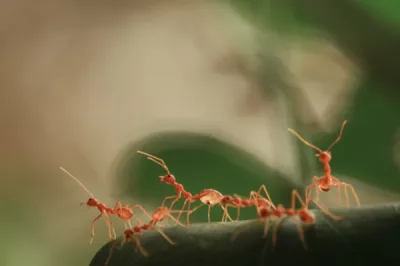
Garden Ants - Lasius niger
There are 2.5 million ants on earth... per person. That’s about 20 quadrillion total. A big big number. So it’s pretty likely you’ll encounter them at some stage in your life. In the UK we deal with 2 types of ants - both the Black Garden Ant (Lasius niger) and the Pharaoh’s Ant (Monomorium pharaonis). They’re both ants but very different in action and control.
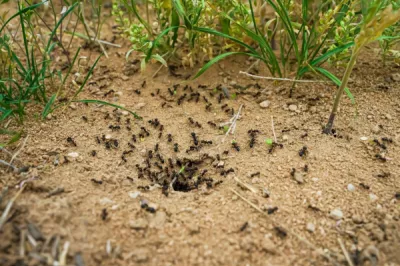
What to look for...
Outside
This species tends to live in soil or around human habitats.
Each colony contains up 20,000 - 100,000 ants. Usually with 1 queen.
Will often nest under shelter such as paving stones or in foundations.
They’re 2-3mm in length. Large head, slender thorax and long legs.
Inside
Usually only a pest internally in summer months.
Forage for seeds, other insects and sweet substances such as honey.
They live for several years.
Not known disease carriers, however can pass over unclean areas during foraging.
Internally they are rarely more than a nuisance.
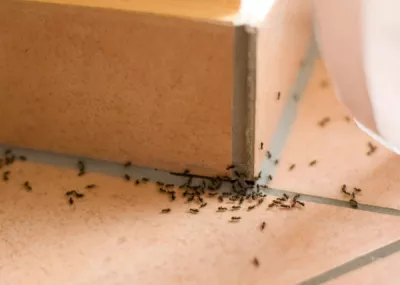
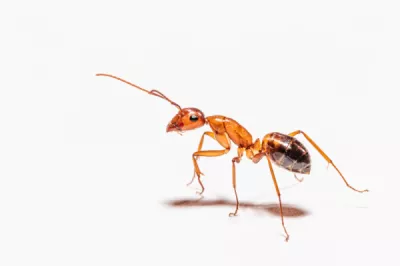
Do ants fly?
Young queens and reproductive males do have wings.
Ants can only reproduce during flight which usually occurs in late summer.
This swarming generally occurs concurrently with other colonies.
The winged ants fly away and mating occurs on the wing.
So often in late summer, it’s common to see lots of flying ants around the place.
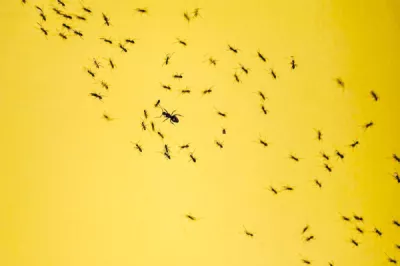
Control
The first steps for ant control are about prevention and education before recommending treatment.
If control is deemed necessary, it will usually only be conducted internally.
Unlike other insects, ants can move between colonies so treating a nest does not necessarily control a problem indefinitely.
Insecticides in both powder and liquid application - however regular treatment is required during summer months due to the rapid development.
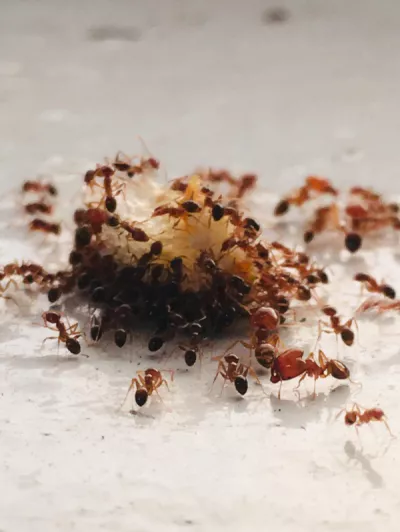
Pharaoh’s Ants - Monomorium pharaonis
What's the difference?
This is a tropical species that can only survive in heated buildings.
Pharaoh’s Ants have many queens per colony.
The workers follow distinct trails between nest and food sources.
They need much greater access to water than the Garden Ant.
More likely to carry disease organisms.
Not suitable for insecticide control, may worsen infestation.

What to look for... inside
You're unlikely to find this species outside.
The most noticeable trait is trails of ants in line moving from nest to food sources.
Generally found in warm environments such as hospitals, schools, large residential dwellings.
They can penetrate packaging due to their small size.
They can travel through ducting and therefore can spread quickly.
Have the ability to transport nest to neighbouring buildings.
Control
Workers will move away quickly if danger threatens the nest, so insecticide sprays and powders are ineffective.
Most effective methods are finding nests and baiting them quickly and effectively.
Continued treatment of ants will result in a shyness to the bait rendering treatment ineffective. This is why control must be fast-acting and targeted.